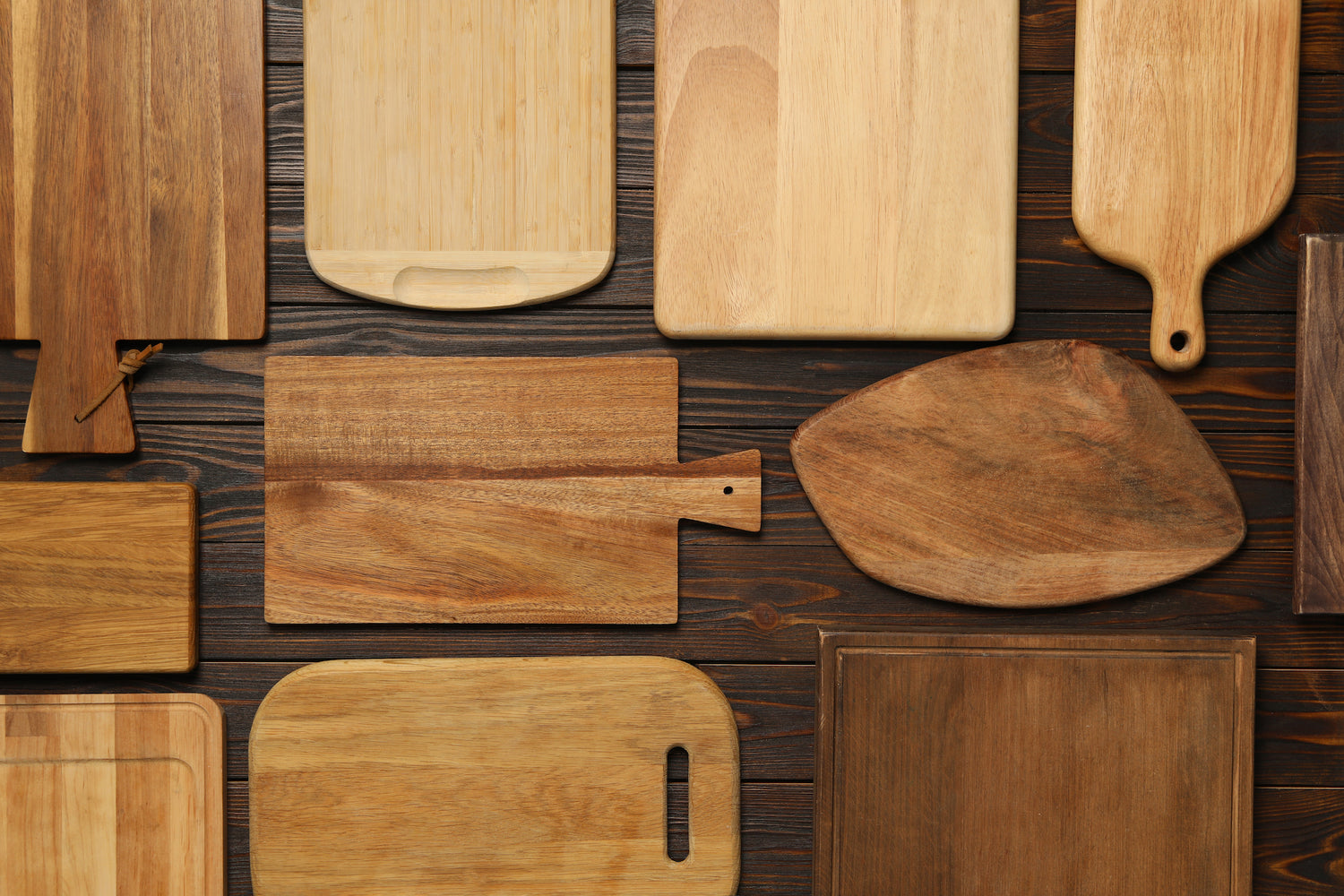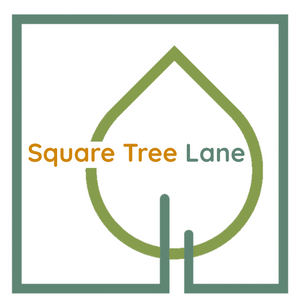
CUTTING BOARDS: THE SCIENCE AND HISTORY
Wood or Plastic? Which is the safest?
The origins of the cutting board dates back to the beginning of recorded history in Mesopotamia, an area now occupied by Iraq and Kuwait. Discoveries were found in the form of a clay tablet, depicting an adult male using a sharp instrument to cut on a flat surface.
Through the years cutting boards have been constructed from a wide variety of resources including marble, stone, wood, metal and plastic. Wood boards were the most common, largely due to their natural durability and the easy access to the required timber. Plastic cutting boards were originally introduced in the early 1920s but weren’t marketed in the US until the 1950s. They gradually increased in popularity, claiming to be the more sanitary option. They were much easier to clean because they could be put in the dishwasher, so they had to be safer.
It turns out, this notion wasn’t based on factual studies. Although wood cutting boards are harder to sanitize and not dishwasher safe, they are just as safe if not a little bit safer than plastic boards. Most importantly, wood boards are naturally anti-microbial, whereas plastic is prone to hiding bacteria in the inevitable scars and gouges that occur over time. Although wood will scar and gouge, it’s natural ability to dry limits surface bacteria and reduces possible cross contamination (UC Davis food researcher Dean Oliver, Ph.D).
Not all woods are created equal and the type you use matters. Hardwoods like maple and walnut are better at resisting bacteria because they are very dense, fine grained and will draw in bacteria which then die as the board dries (Ben Chapman, food safety researcher NC State).
“Soft woods, like cypress, pose a greater food safety risk, because they have larger grain, which is a potential risk of the wood splitting more easily, creating grooves for bacteria to thrive.
It is also important to note that regularly maintaining your wood cutting board with recommended cleaning and/or sanitizing in conjunction with beeswax or a food safe mineral oil or mineral oil/beeswax blend can greatly reduce the risk of bacteria of any kind.
The bottom line: All cutting boards pose a risk when not properly maintained and sanitized. Wood cutting boards have a slight advantage, but whether you use a plastic or wood cutting board, you run the risk of contaminating your food if you don’t wash them properly between uses.
“We believe, on the basis of our published and to-be-published research, that food can be prepared safely on wooden cutting surfaces and that plastic cutting surfaces present some disadvantages that had been overlooked until we found them.” (Dean Oliver PHD UC Davis Researcher)
In addition to our laboratory research on this subject, we learned after arriving in California in June of 1995 that a case-control study of sporadic salmonellosis had been done in this region and included cutting boards among many risk factors assessed (Kass, P.H., et al., Disease determinants of sporadic salmonellosis in four northern California counties: a case control study of older children and adults. Ann. Epidemiol. 2:683-696, 1992.). The project had been conducted before our work began. It revealed that those using wooden cutting boards in their home kitchens were less than half as likely as average to contract salmonellosis (odds ratio 0.42, 95% confidence interval 0.22-0.81), those using synthetic (plastic or glass) cutting boards were about twice as likely as average to contract salmonellosis (O.R. 1.99, C.I. 1.03-3.85); and the effect of cleaning the board regularly after preparing meat on it was not statistically significant (O.R. 1.20, C.I. 0.54-2.68).
We know of no similar research that has been done anywhere, so we regard it as the best epidemiological evidence available to date that wooden cutting boards are not a hazard to human health, but plastic cutting boards may be.


Leave a comment
Also in THE WOOD FILES
Board Maintenance
By Michele Parkinson November 24, 2024
These instructions provide the basic information needed for conditioning any of our wood products made to use with food. This page also provides information on cleaning & sanitizing if and when the need arises. If you want to know more about keeping your board in the best possible shape, please continue to read on.
Continue reading
Wood species: the good, the bad, & the ugly
By Michele Parkinson October 24, 2024
Continue reading
WHEN LIFE GIVES YOU LEMONS, CLEAN YOUR CUTTING BOARD.
By Michele Parkinson August 29, 2024
Continue reading